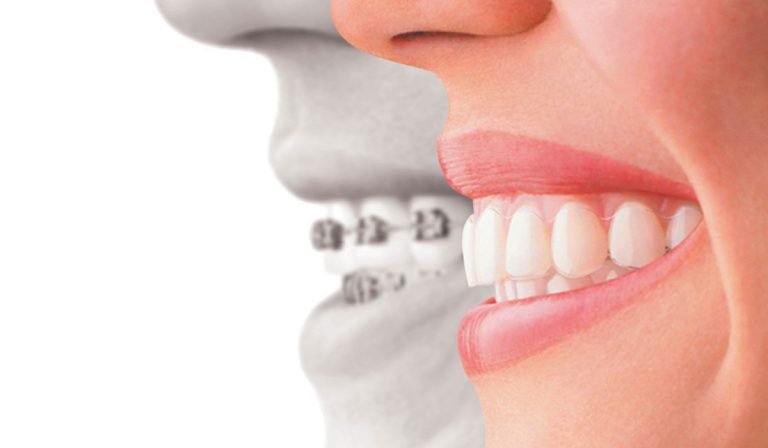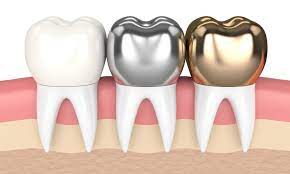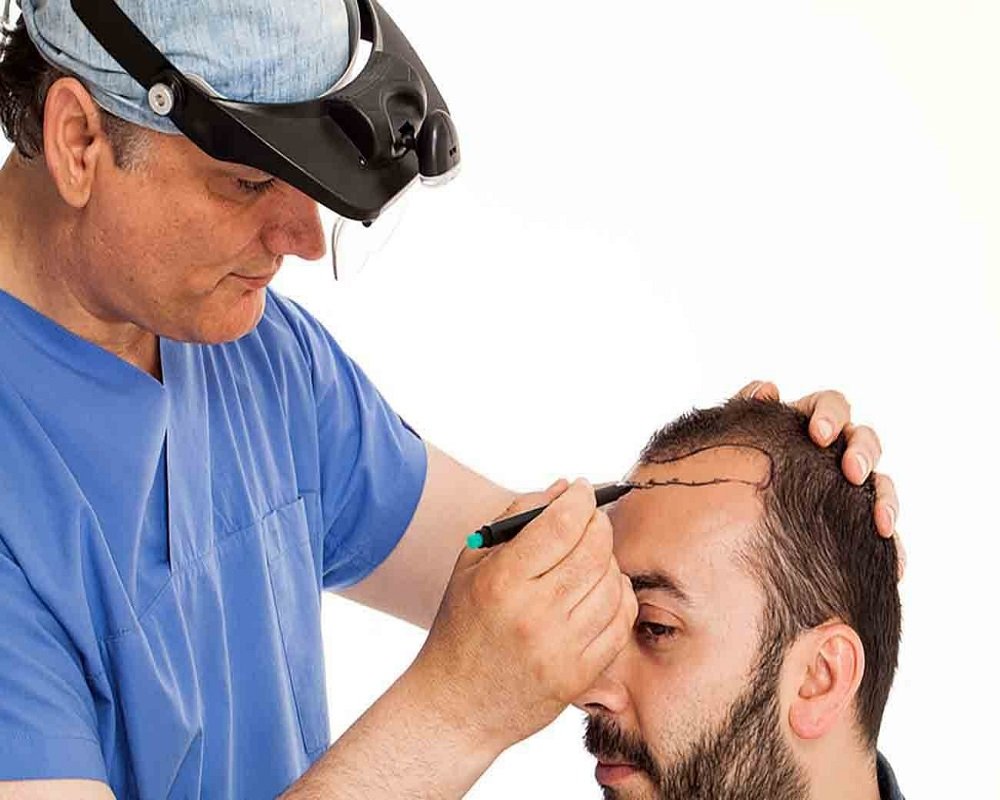Clean healthy teeth are very important and reflect the beauty of the face and its splendor. One of the effective solutions to chipped teeth which have certain problems is the teeth crown, whether for the frontal teeth or temporary crowns.
Clean healthy teeth are very important and reflect the beauty of the face and its splendor. One of the effective solutions to chipped teeth which have certain problems is the teeth crown, whether for the frontal teeth or temporary crowns. Such solution helps the teeth to live longer and is considered not only a surgical operation but a cosmetic one as well for the sake of saving the tooth from being extracted.
In this guide, Teeth crowns, their types, benefits, and dangers are discussed:
What is teeth crowning?
A surgical cosmetic operation on the chipped or decayed teeth by putting crowns of ceramic or porcelain in order to restore the teeth to their shape, appearance, and original volume and restore their power of chewing.
The reasons behind these decayed and damaged teeth are: breakage, accidents, the decay of parts of the teeth and the downfall of some parts.
The most important types of teeth crowning:
When there is damage in a particular tooth, we start to think of the right type of crown for it. To know it, one should know about the different types of teeth crowns. Only then the right type of crown, its material, and cost can be known:
1. Ceramic and porcelain: The first type of teeth crown, they are of medium hardness that looks like a natural tooth. It is one of the most famous types especially for people who are allergic to metals therefore, they can be used on both the frontal and backside teeth.
2. Rust Resistant Steel Crowns: one of the temporary teeth crowns that can be used for a while to protect the teeth from damage and decay. It can be manufactured for children temporarily and they can be compensated by permanent teeth with the child grows up but they are used over the backside teeth that can’t be seen. They can be made from gold, silver, platinum, cobalt composite, nickel, or chrome.
3. Porcelain fused to metal: another type that is known for strength and hardness because of the metal infusion. It is used in the making of teeth crowns and it looks like natural teeth since the material used to cover the crown is porcelain. The only problem with this type is the possibility of the metal showing as a line very close to the gum which give a look that is not suitable to the tooth.
4. Resin Crowns: the cheapest of all and the most prone to damage since its virtual life cycle is short and is susceptible to breaking and deterioration. It should be changed after some time.
5. Temporarily Crowns: they can be used before the permanent fillers and can be made in dental clinic and are put on teeth temporarily so they can be interchanged with permanent types.
6. Zirconia Crowns: one of the most important materials used nowadays for dental crowns, they are made from a transparent metal that is bendable to suit the crown. It is also an important material for the jewelry industry.
The Procedure of Teeth Crowning:
A question that many ask is how is teeth crowning done? Here are the steps:
1)The first visit to the dental clinic is for determining whether there are decays or inflammations in the tooth and are treated. Then a panoramic image is taken for the tooth.
2)The dentist takes the measurements of the tooth and determines the right color of the crown.
3)The specifications are then sent to the lab to make the required crowns.
4)The doctor prepares the teeth that are to be crowned by filing them and installing temporarily crowns to protect them.
5)Finally, the doctor installs the crowns and removes any excess bumps.
The colors of the crowns could come in gold, silver.
Frontal teeth crowns images
Children Teeth Crowns:
Children teeth crowning takes one session in most cases, and those crowns stay in place until the deciduous (milk) teeth fall and the permanent teeth take their place.
They have a set of benefits like protecting the damaged teeth from further damage and decay being spread to other teeth especially with children who are not persistent on teeth cleaning.
In addition to all that, reducing the possibility for anesthesia for uncooperative children.
Benefits of Teeth Crowning:
- Hiding teeth problems like stains, cavities, breaks and restores them.
- Gives a nice look to the teeth and protects the teeth from decay and damage.
- Helps strengthening and protecting the teeth.
Problems of Teeth Crowning:
1. Feeling pain especially after the anesthesia is gone with feeling of pain when biting on the tooth after the procedure.
2. The crown is susceptible to breaking especially porcelain and ceramic types infused with metal since they are small chips that are easily breakable and are unloadable.
3. The crown might fall when eating sticky food.
4. Allergy reactions that might come with some types of crowns.
5. Dark lines on the gum could be a problem due to porcelain fused to metal crowns.
How long do Crowns Last for?
Taking care of teeth and their hygiene helps lengthening the virtual age of the crowns that usually live for 10 to 15 years. The doctors recommend not chewing on ice and staying off cold and hot drinks mix. Another recommendation is to not nail bite or use teeth to open solid cans.
The difference between crowns and bridges:
Dental Crowning means covering the tooth with an exterior shell that protects it from external factors since the crown absorbs shocks while eating food especially the solid ones. Crowning is done on one tooth on or multiple teeth individually. Dental bridges are done to replace one or more lost teeth which requires preparations on the front and backside neighboring teeth of the gap.



